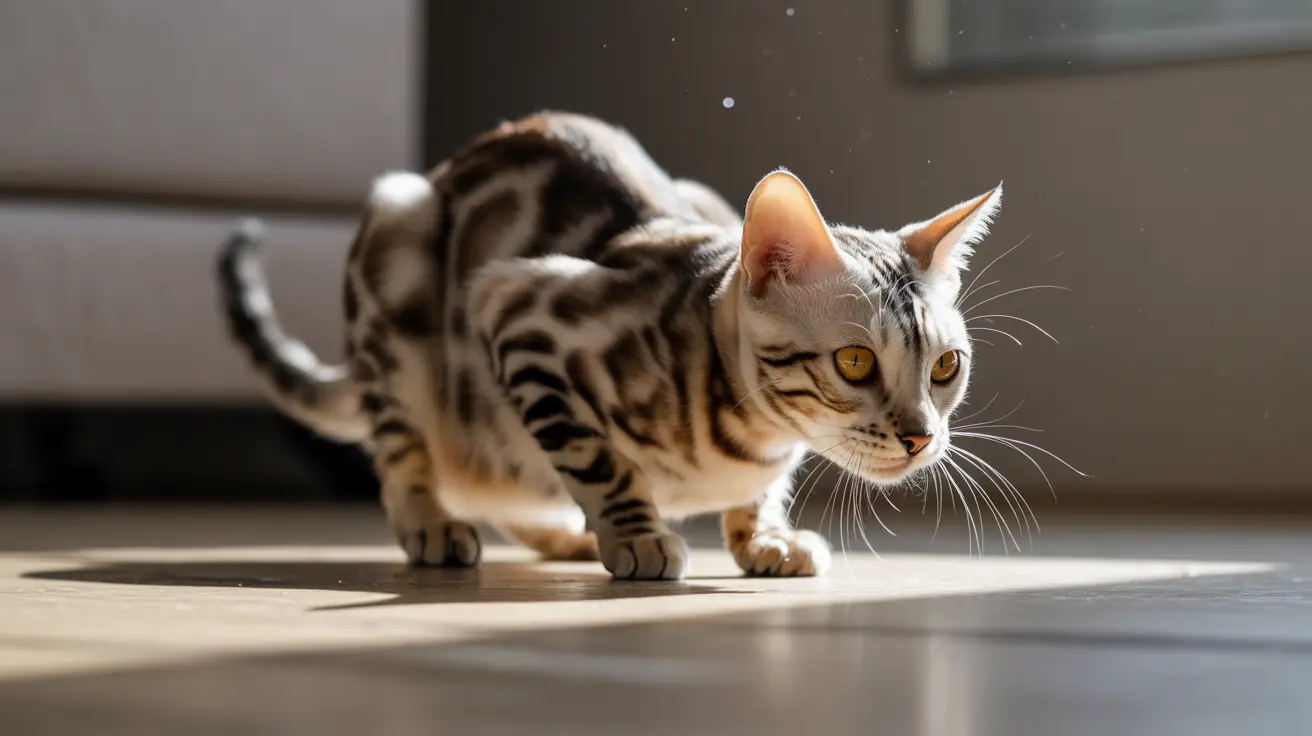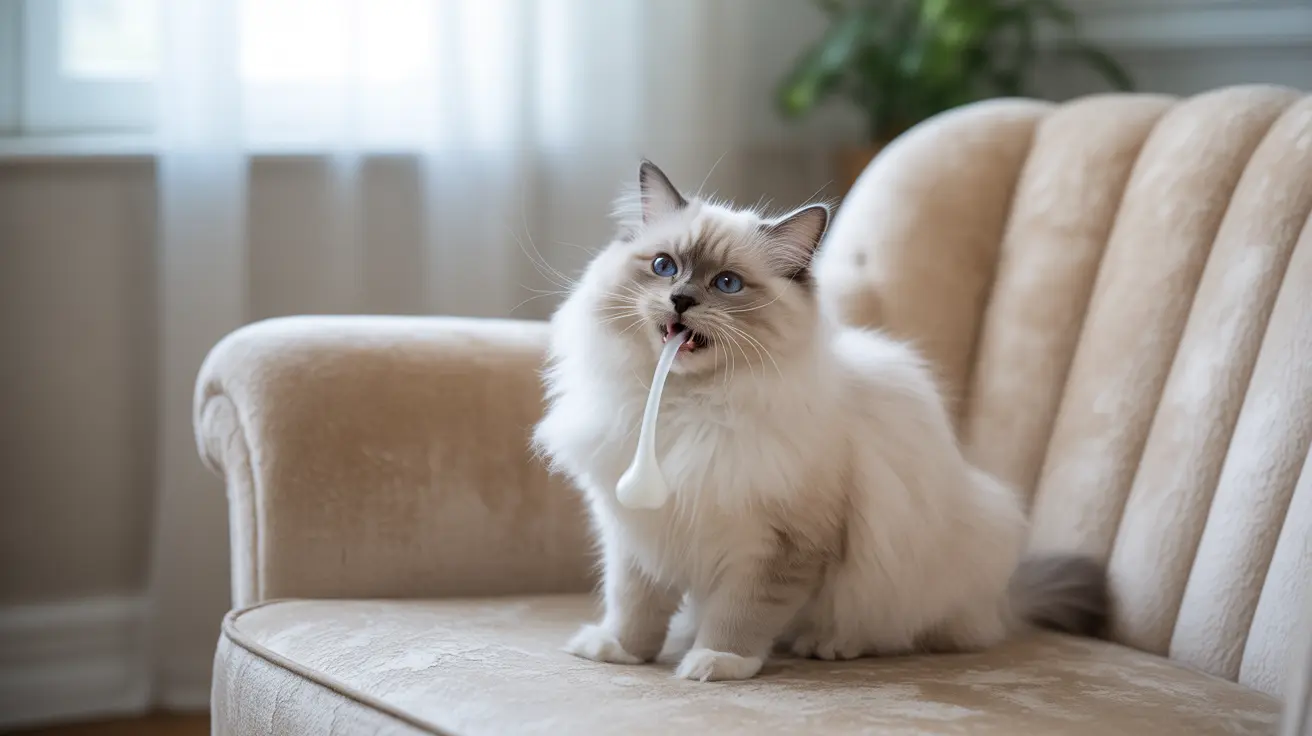Why Do Cats Rub Against Your Legs?
If you've ever owned a cat, you've probably noticed that they love to weave around your legs, especially when you come home or head to the kitchen. This quirky behavior is more than just a greeting—it's packed with meaning for your feline friend.
The Scent-Marking Instinct
Cats have scent glands located on their cheeks, forehead, flanks, and even at the base of their tail. When they rub against your legs (or furniture, or other animals), they're actually depositing pheromones. These chemical signals are unique to each cat and serve as a kind of olfactory calling card.
- Marking territory: By rubbing on you, cats claim you as part of their territory. It's their way of saying, "You're mine."
- Creating familiarity: The scent exchange helps cats feel secure in their environment. When they smell themselves on you, it provides comfort.
A Social Bonding Ritual
Cats are often thought of as solitary creatures, but they're actually quite social within their chosen group. Rubbing is a friendly gesture—a sign that your cat trusts you and sees you as part of its inner circle. In multi-cat households, you'll notice cats rubbing on each other for the same reason.
- Greeting: Just like a handshake or hug for humans, rubbing is a cat's way of saying hello.
- Strengthening bonds: This tactile interaction deepens the relationship between cat and human.
Seeking Attention (and Maybe Food)
If your cat seems especially insistent about rubbing against your legs when you're near the kitchen or first walk through the door, they're probably trying to get your attention—often because they want something. Food is a common motivator! But sometimes it's simply affection or playtime they're after.
- Your cat may meow or purr while rubbing against you—these vocalizations add emphasis to their request.
- This behavior can be more pronounced in the morning or at dinnertime when routines are strongest.
Comfort and Security
Cats thrive on routine and familiar scents. By rubbing against your legs, they're reinforcing both—you become part of what makes them feel safe at home. It also helps them relax after stressful events like visitors or loud noises.
Other Meanings Behind Rubbing
While marking territory and seeking attention are the main reasons cats rub against people, there are a few other possible interpretations:
- Mimicking kitten behavior: Kittens nuzzle and rub against their mothers for warmth and security; adult cats may carry this habit into adulthood with trusted humans.
- Satisfying curiosity: If you've been somewhere new (like another house with pets), your cat might be eager to cover unfamiliar smells with its own scent.
How Should You Respond?
If your cat rubs against your legs, it's usually a good sign! They're expressing trust and affection. You can respond by gently petting them or speaking softly—just be careful not to step on any tails during those enthusiastic figure-eights!
- If rubbing becomes excessive or is accompanied by distress signals (like hissing), check for underlying issues such as anxiety or illness.
- If you're unsure what your cat wants, observe body language: an upright tail usually means happiness; flattened ears could signal discomfort.
The Takeaway
Cats rub against your legs for several reasons: marking territory with scent glands, showing affection, seeking attention (sometimes food), and finding comfort in familiar routines. It's one of the many ways they communicate without words—and it's usually a compliment when they choose you as their favorite target!





